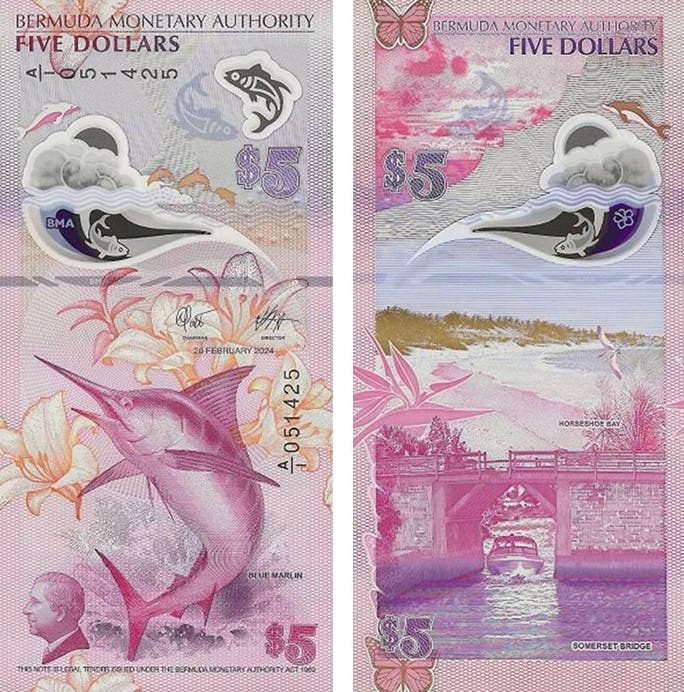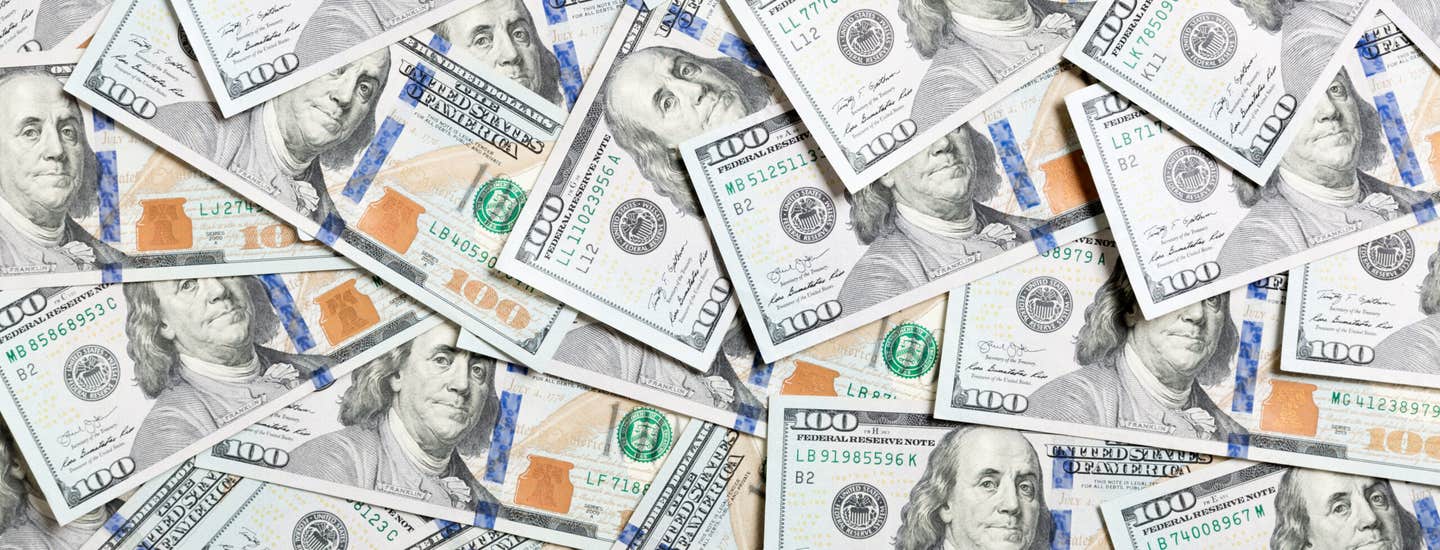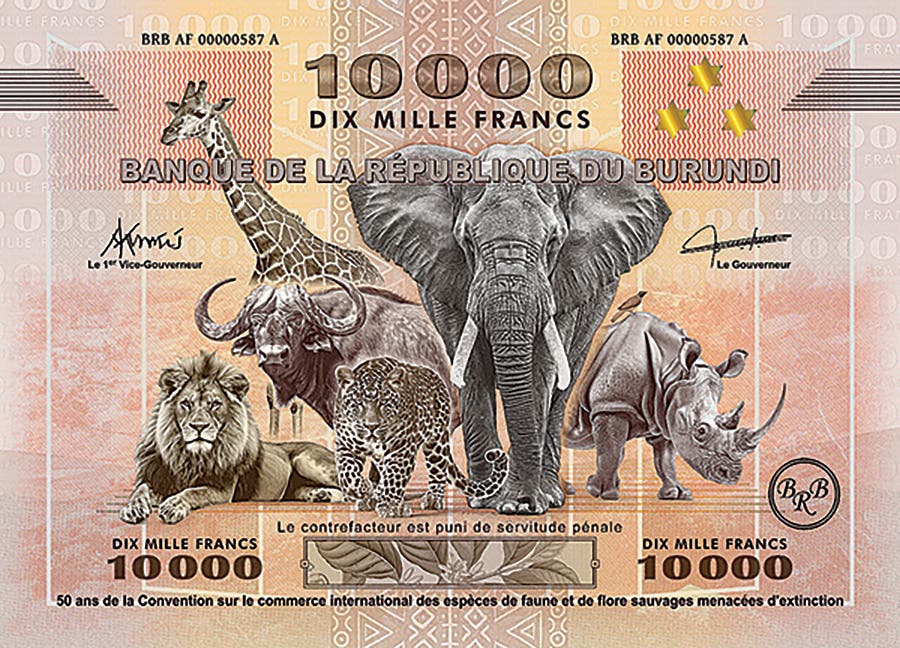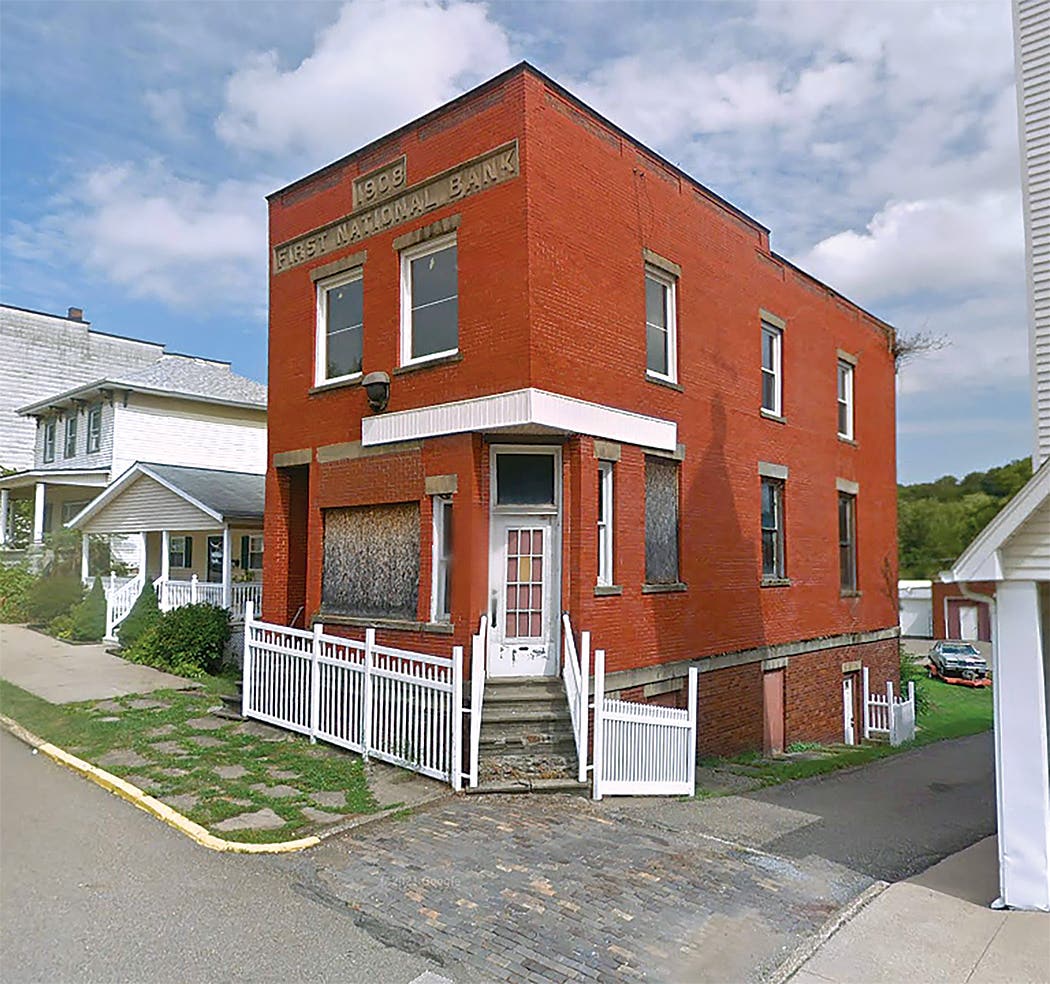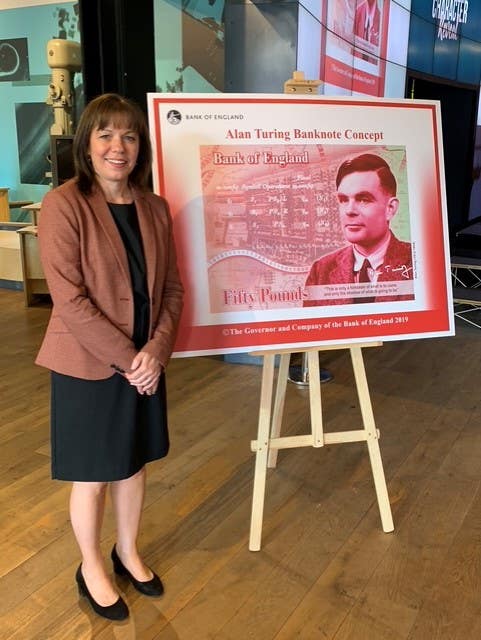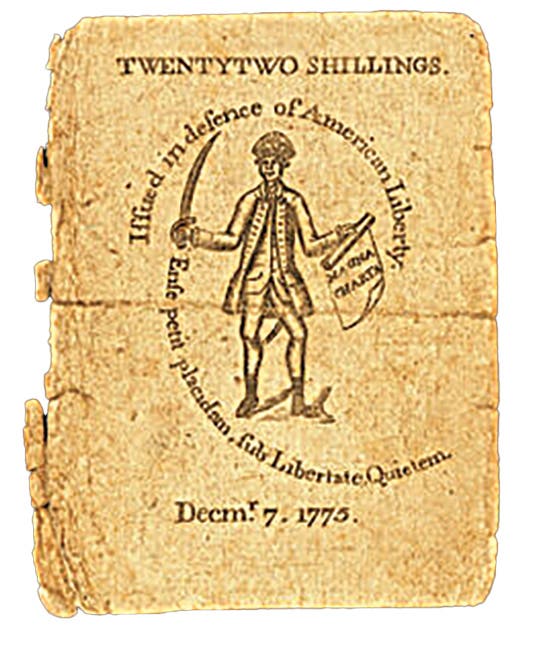Collectors Find Duplicated Federal Reserve Note Serial Numbers
Team continues to search for duplicated serial pairs of the $1 Series of 2013 notes.
My article in the March 2020 Bank Note Reporter elicited a lot of collector interest. This was about the $1 Series of 2013 FRNs where the Bureau of Engraving and Printing accidentally duplicated 6,650,000 serials in the B* block between the Washington and Fort Worth plants.
That article profiled a team of collectors led by Ed Zegers in Maryland and Karol Winograd in Florida who organized to attempt to find a matched pair from the two printings. By the time I wrote the article, they had assembled four matched pairs.
This was, in my opinion, an astonishing feat and it appears that many of you thought so as well.
I can now report that as of December 1, 2020, the team has found six more pairs. Here are the serials from all ten of their pairs.
B04123709*
B04175975*
B04436550*
B04436769*
B04439582*
B04439850*
B04730718*
B04750491*
B05931669*
B06398679*
One thing that makes these so neat is that one note in each pair has the FW (Fort Worth) prefix to the face plate serial number in the lower right corner, whereas the other doesn’t.
They pulled this improbable feat off by gathering 2013 B* notes from wherever they could find them, mostly from circulation, and recorded all the serials in a common pool maintained now by Karol Winograd. Once a match was found, the respective owners could decide who got to collect it. Surprisingly, there have been no fatalities.
To accomplish this, between themselves, they have assembled well over 10,000 2013 B* notes to date, including 58 packs. Of course, this means each of them has to hold on to all the notes he or she has indefinitely. Viewed in these terms, you can see they each have large personal investments in this quest because of the otherwise lost opportunity costs associated with the notes their respective hoards.
I think the aspect of this story that captured readers’ attention is that it involves pulling off something rather spectacular from notes that are currently circulating. Anyone can get on board.
You just pluck 2013 B*s out of circulation, send the serial to Winograd (kwinograd@snet.net) and join the lottery. Grade is of no importance.
The procedure was initiated by Ed Zegers and early adaptor Karol Winograd has taken the lead on maintaining the serial number spreadsheet. Ed ran a couple of articles in Paper Money describing the progress as they got continually homed in on the first match. This is what woke me up as to what happened and what they were attempting.
One of the big players, Craig of Las Vegas, eventually came up with a match to one of Karol’s notes, and generously sent it to Karol. Craig then discovered that he had another match with Rich in New York. The two of them decided the appropriate thing was to pool their pair as a gift to Zegers. He just came up with a third.
This worked out really well but we are still trying to figure out how to get Zegers down from the ceiling.
Both Zegers and Karol alerted me to the fact that the 2013 B* was not the first instance where the BEP accidentally duplicated serial numbers. It first happened in the $1 Series of 1995.
Ironically, once again it involved B* serials. But the story gets much better. In this case, there were four press runs that began with B00000001* producing four runs of duplicates of the same serials.
Not only that, it happened in the 1995 F*s as well with one duplicate run there. These press runs are listed on Table 1.
All of the 1995s were printed in Washington.
The problem was that at the time very few people noticed that the duplicate runs had happened, and no one put together a strategy and team to go after matches. The opportunity to find matches in the 1995s are pretty remote now because those notes have mostly gone by in circulation.
If matches are to be found, they most likely will be from the first 100 serials in the respective press runs because those get saved. I did a quick search for low number 1995 B*s in the Heritage Auction archives and didn’t find any.
Finding matching serials from the same series previous to these duplicated serial number runs was all but impossible. But it did happen.
There are three, maybe four, instances where error collectors have found such pairs as a result of how the older COPE numbering presses worked.
Bob Liddell really got a kick out of the 2013 duplicated run story, so he provided photos of a pair of COPE duplicates to show that such things had been found before, albeit of entirely different origin.
Here is the scenario as best I can remember it from when the first COPE pair turned up.
The COPE machines number from the highest to the lowest serial number in each plate position so when the notes are cut from the sheets, they are arranged in serial number order with the smallest number on top.
A run of notes that included a duplicated COPE serial looked like this as reported in Sullivan (1997, p. 339) for a 1969B example. I have arranged them in the order in which they were numbered:
B33930782C
B33930780C
B33930780C
B33930779C
When the COPE machine detected a fault, it stopped. The operator located the fault, fixed the problem, and then pulled the defective sheet. Then, when the machine resumed, it automatically backed up the serial number heads by one number so when it started numbering again, it put the number of the pulled sheet on the next normal sheet so the numbering sequence was preserved in all positions.
What happened in these rare instances was that the operator pulled the wrong sheet. In the case of the sequence above, he pulled B33930781C instead of the defective sheet containing B33930780C. Voila, we got duplicates in all positions!
Luckily, whatever the fault was, it didn’t ruin the note with the original number in the pair so Bob’s note wasn’t pulled as defective in the final inspection.
The upper part of the lower left serial on one of Bob’s notes is weakly printed, Maybe, whatever caused that problem got worse elsewhere on the sheet to trigger the press to have stopped. Your guess is as good as mine.
The amazing thing is that someone spotted the duplicate serials in the pack! Tell me how that happened.
I now have seen or recorded one of these pairs from each of the $1 Series of 1969B, 1977 and 1981. There probably are more, but the idea is they are really scarce.
Every pair we have been talking about in this article is really scarce and is a genuine prize to have in your collection.
Reference Cited
Sullivan, Robert M., 1997, US error note encyclopedia: Capital Currency, Inc., Melbourne, FL, 431 p.



